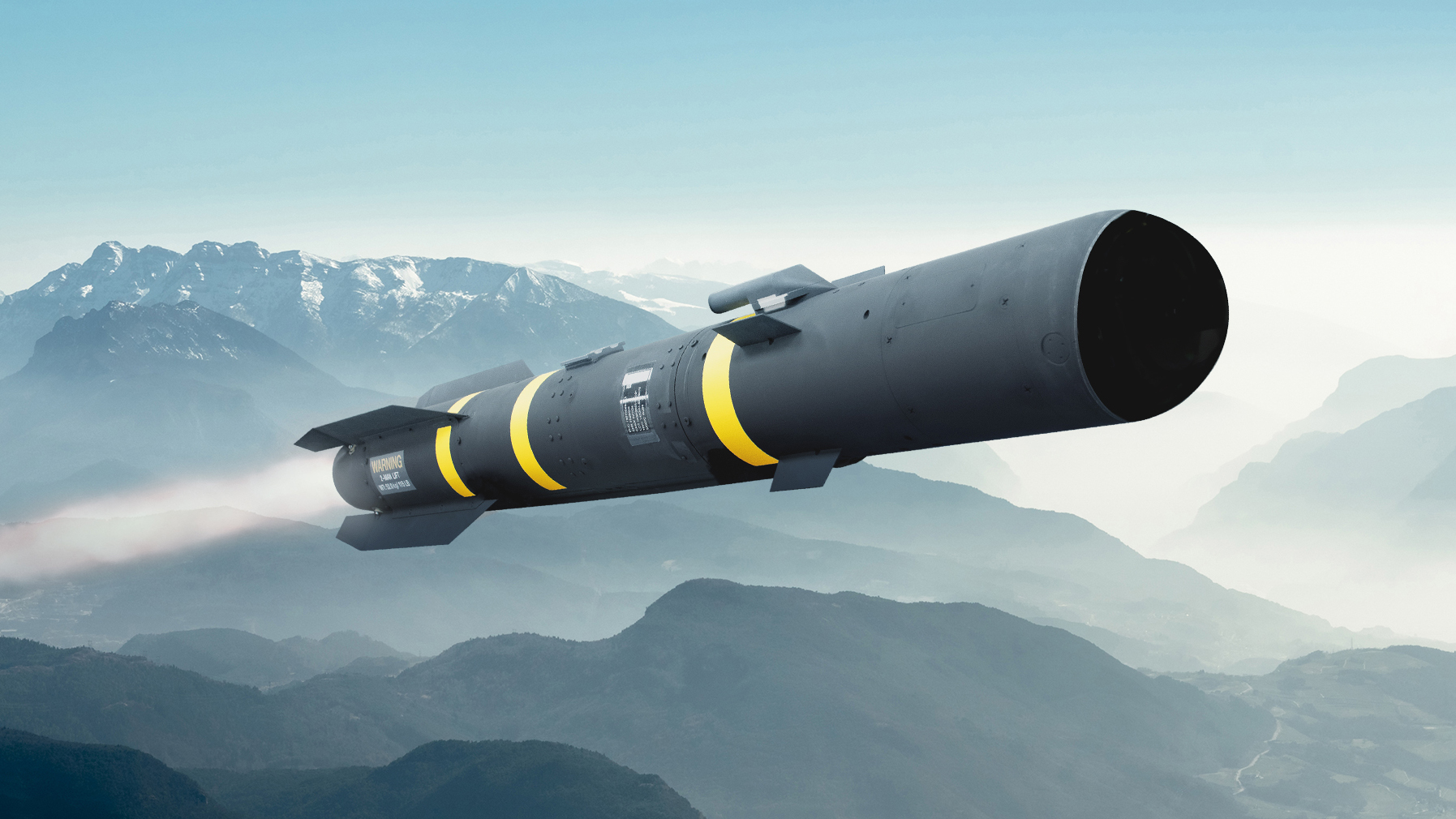With Lockheed Martin hoping to secure a first full-rate production contract for its AGM-179 Joint Air-to-Ground Missile, or JAGM, in the first part of this year, the company has already announced a further improved version, the JAGM-MR, for Medium Range, which has now begun flight testing. The War Zone caught up with Joey Drake, program management director of Air-to-Ground Missile Systems at Lockheed Martin Missiles and Fire Control, to look at the latest addition to the JAGM family of weapons and how this step-change in capability was achieved.
The original JAGM, of course, was always intended to retain plenty of commonality with Lockheed’s ubiquitous AGM-114 Hellfire that the new missile was designed to replace. As well as being compatible with the same kinds of platforms and the M299 launcher, the JAGM, in its original form, also retained roughly the same range as the Hellfire, a product of sharing the same mold line, a common “back end,” and even being built on the same production line.
In its basic form, therefore, JAGM can hit targets in the region of 8 kilometers (5 miles). The JAGM-MR at least doubles that range performance, as demonstrated during a test at Naval Air Weapons Station China Lake, California, last November 16. Launched from the ground, the JAGM-MR test round struck a target after traveling 16 kilometers (10 miles).

That’s clearly a significant leap in capability, but it’s one that’s been achieved while still retaining the original dimensions of the JAGM. As Joey Drake explains:
“We’ve done quite a bit of risk mitigation with the motor development, we’ve had a number of static fairings, both cold and hot, and have proven out the motor. With JAGM-MR we were able to transition to an electromechanical control actuation system, or EMCAS, actuation system versus a pneumatic one. And that allowed us to have additional room to add more capability in the rocket motor section and that’s how we’re achieving this distance. The EMCAS also gives us additional maneuverability and improved kinematics.”
EMCAS is an intriguing development in itself and not something that’s previously been incorporated into Lockheed’s air-to-ground missile systems product line. It can actually be thought of in similar terms to an aircraft equipped with a lightweight fly-by-wire flight control system, rather than one that uses cumbersome mechanical flight controls.
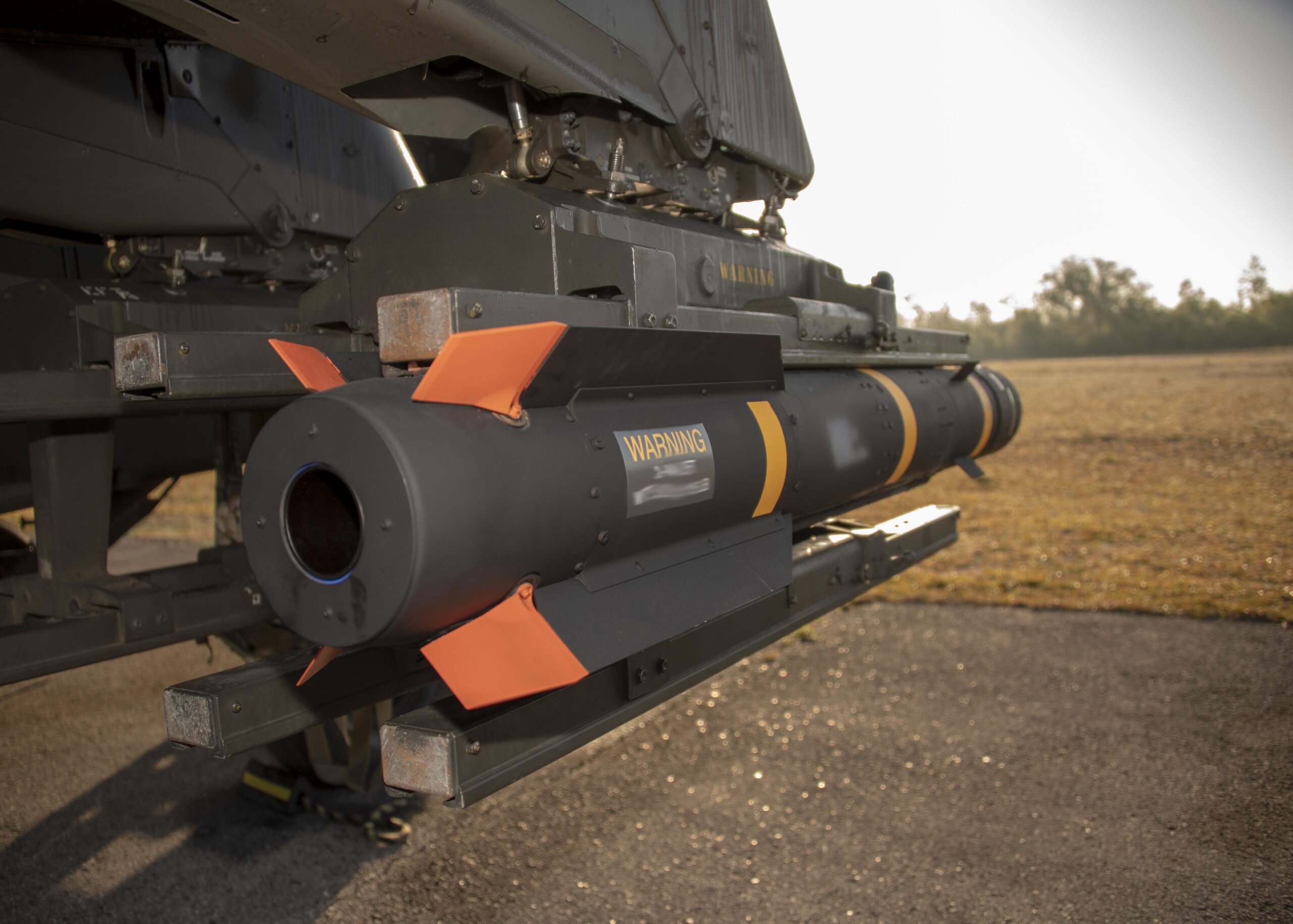
As well as boosting its range, the revisions mean there’s also more space in the missile for an additional seeker type, in this case, a near-infrared, or NIR, sensor.
“So now, it’s a tri-mode capability,” Drake continues. “In the firing that we had, which was hugely successful, we were able to collect data for further refinement and maturation of the JAGM algorithms for future flight test.”
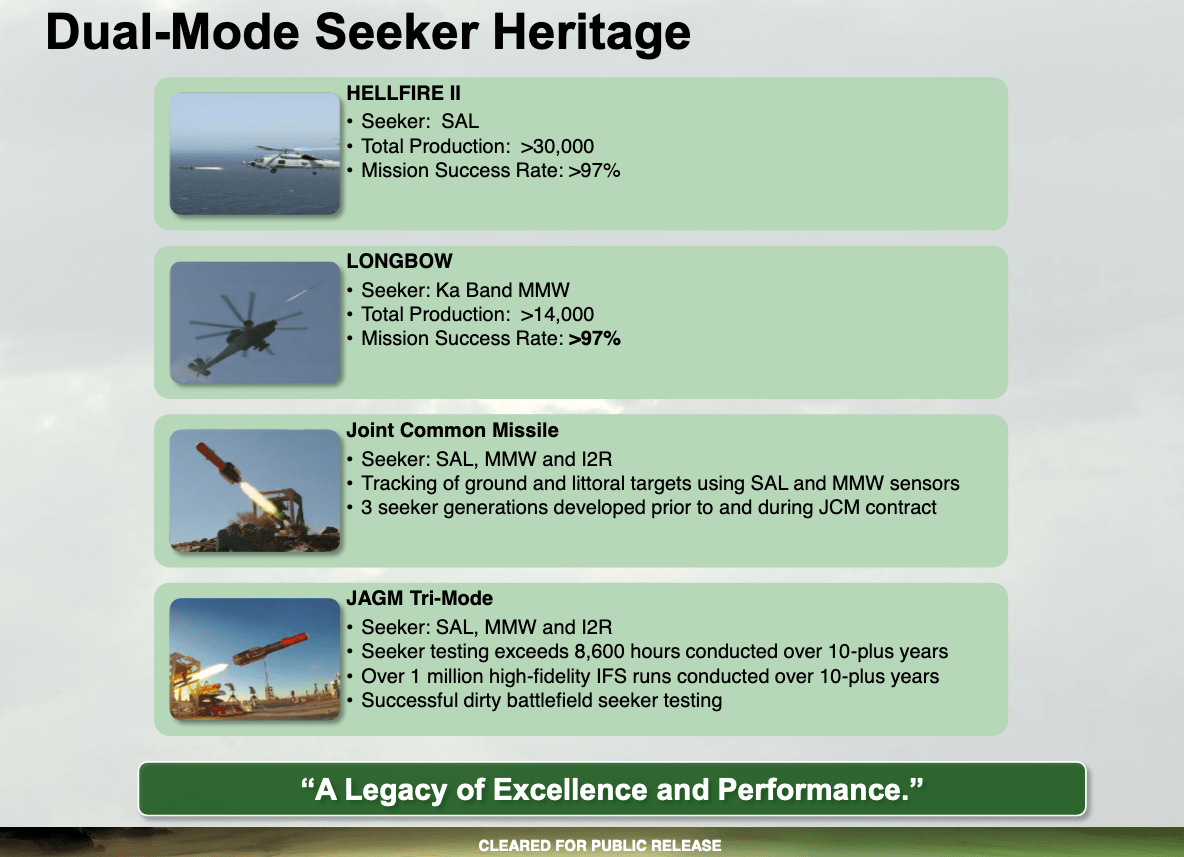
An NIR seeker is also something of a novelty, providing a more affordable solution than traditional infrared seekers. In fact, early plans to have JAGM be a tri-mode missile were scaled back on cost grounds, leaving the basic missile with a dual-mode arrangement of semi-active laser and millimeter radar wave sensors.
As Lockheed points out in its own press release on JAGM-MR, “Previous discussions of a medium-range missile variant of JAGM were met with cost-prohibitive concerns, whether it was concerns because of the camera technology needed for the seeker or concerns about the additional hardware needed to integrate the third mode into the system and getting it to properly function.” Now the company says it’s overcome those hurdles.
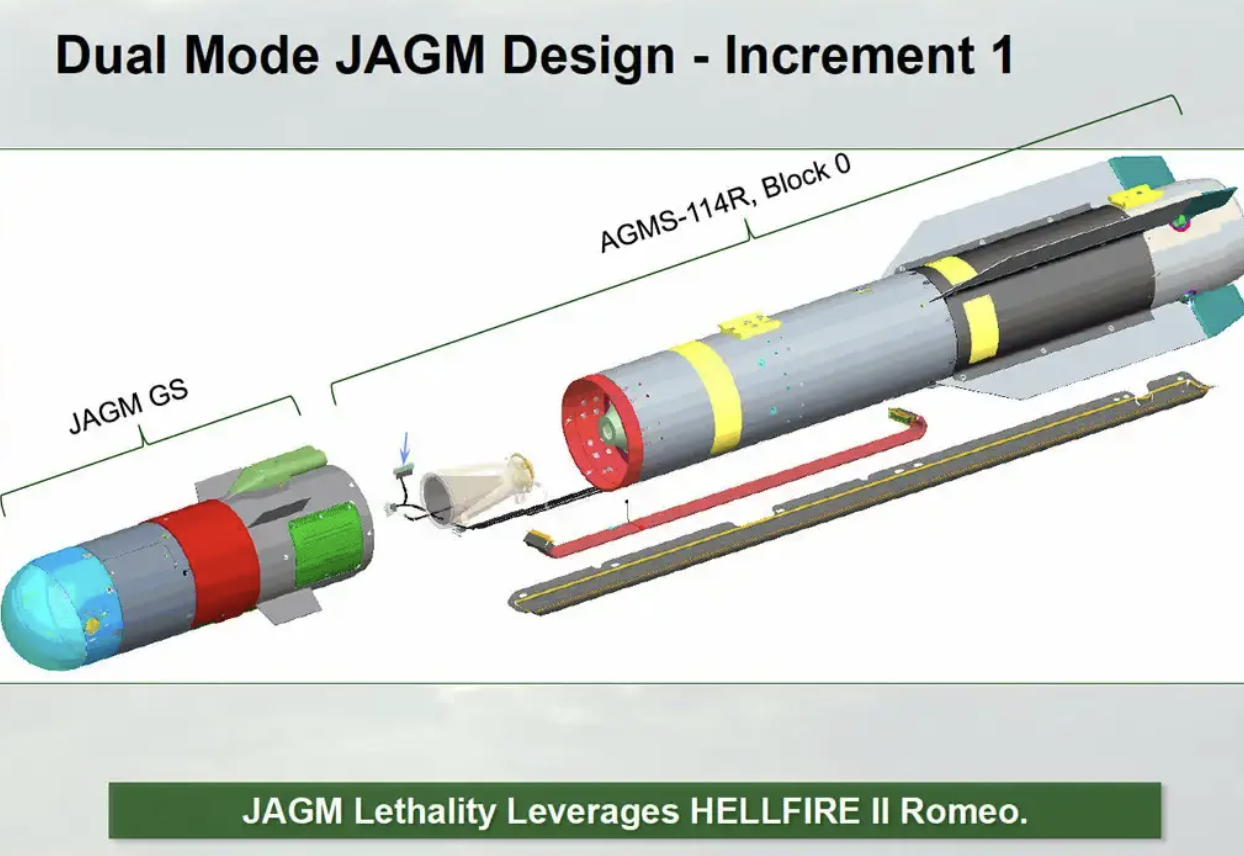
There are other advantages, too. Drake explains that the NIR also “really gives us the ability in the end game to do refinement of aimpoint and also to increase lethality.”
As to the platforms that could potentially fire JAGM-MR, the fact that early tests have been from ground launchers reflects the fact that the initial priority is to field it in a land-based form.
“We’re looking at various ground-based capabilities and looking to demonstrate vertical launch in the 2023 timeframe, although I don’t have specific dates,” Drake adds. “That could naturally transition into, you know, launch from an LCS [Littoral Combat Ship], as an example. And then other unique ideas that I really can’t speak to today.”
LCS currently uses the AGM-114L millimeter wave radar-guided Hellfire in a vertical launch configuration. You can read more about this capability here.
Vertical launch strongly suggests that some sort of canister-based system is in mind for the JAGM-MR, perhaps Lockheed’s own JAGM Quad Launcher, or JQL, which is designed to be equally suitable for installation on ground vehicles or on warships. We’ve already looked at the possibilities offered by the JQL, in both land and sea environments, but were the longer-range missile also to be integrated with this launcher, these capabilities would only be enhanced.
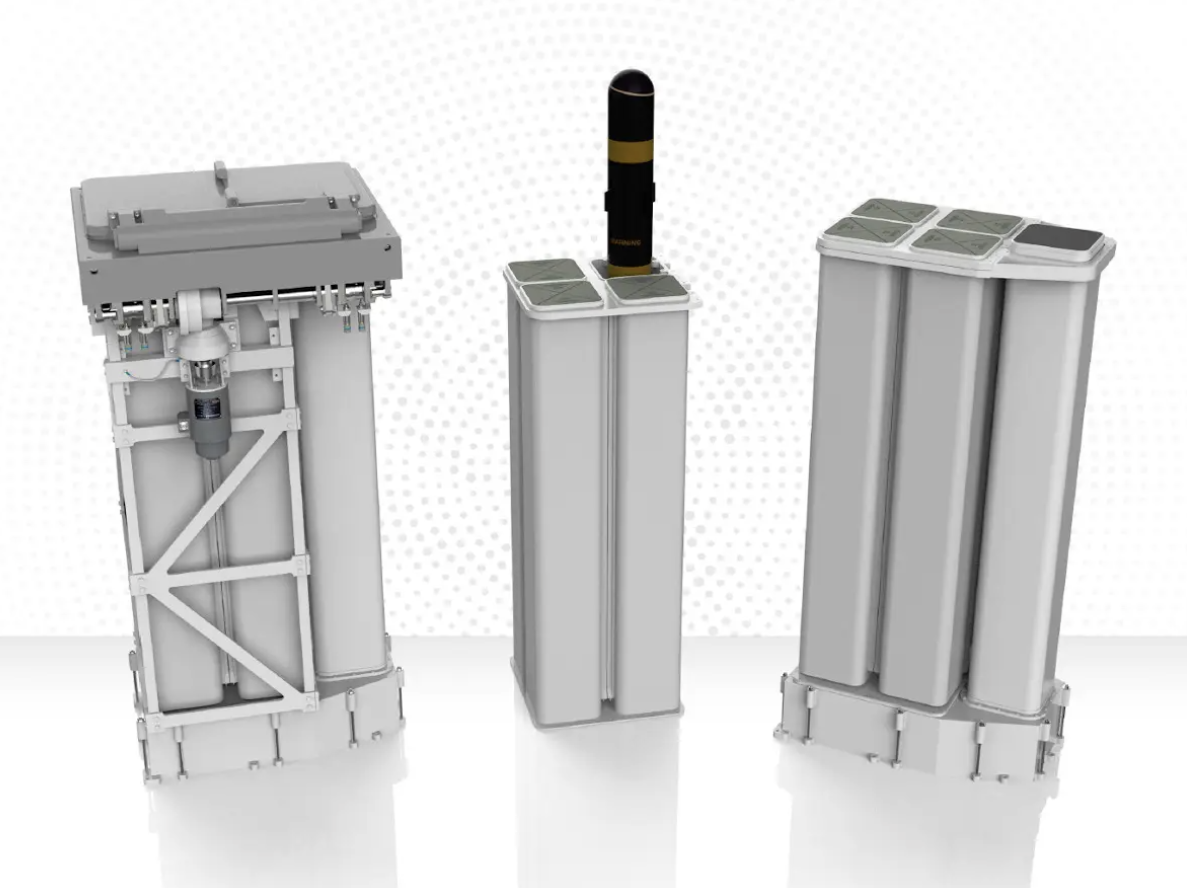
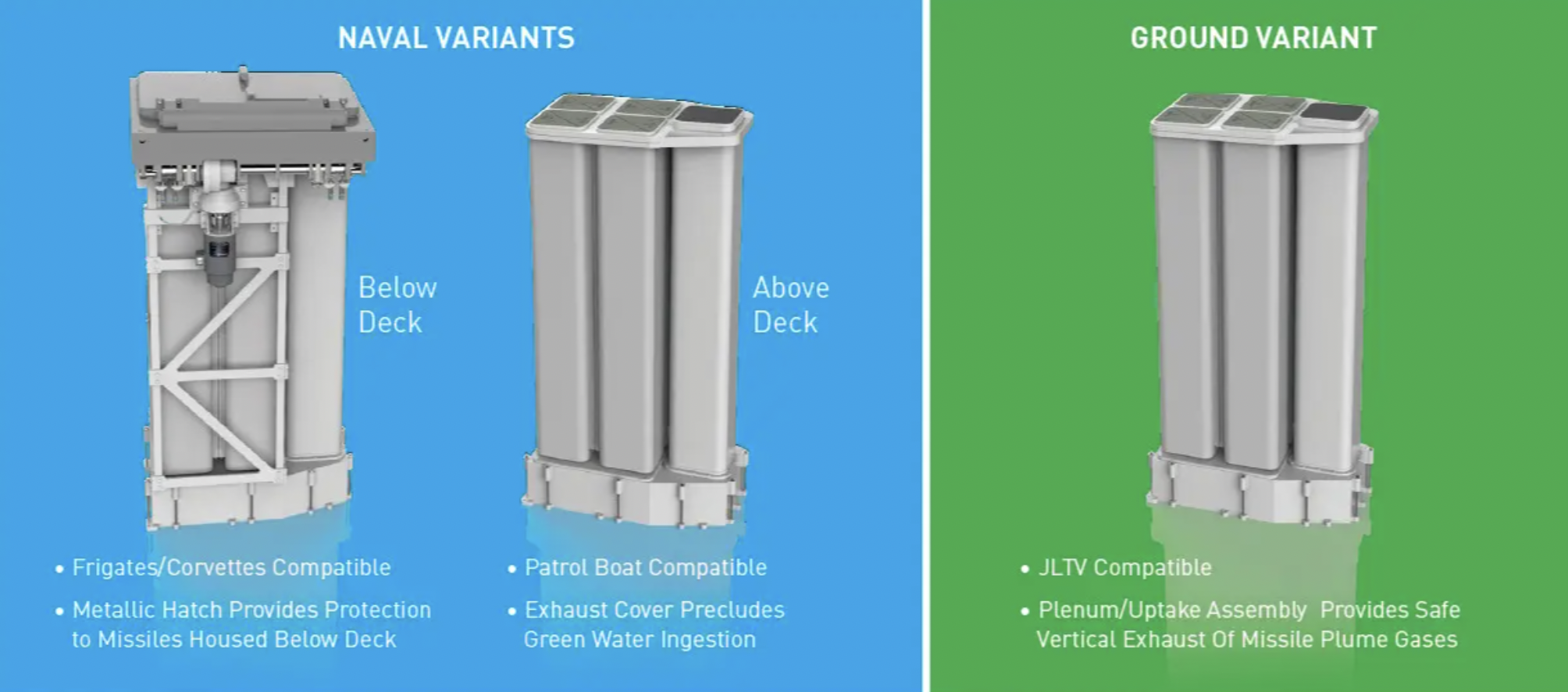
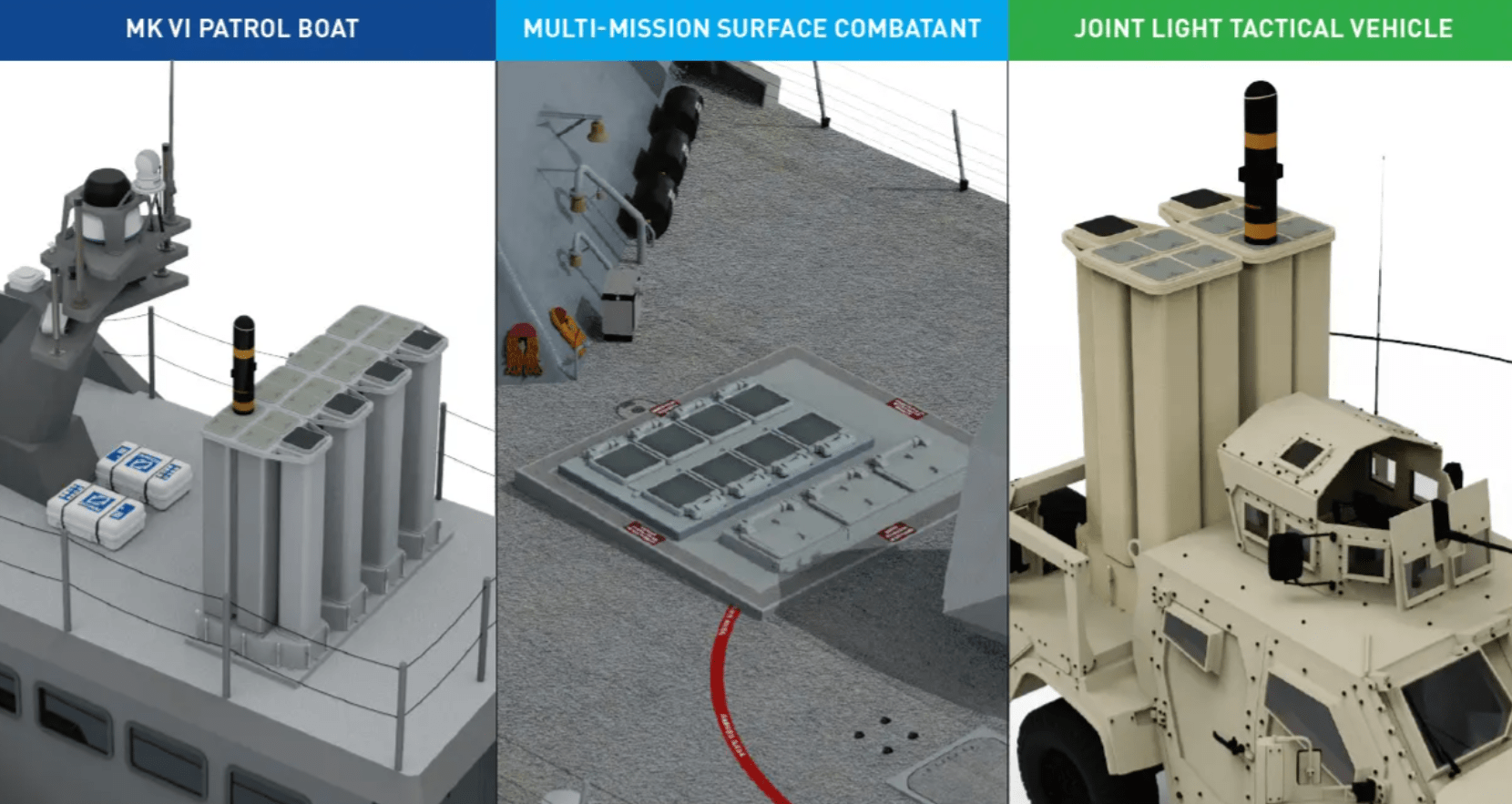
There’s no reason why JAGM-MR couldn’t also be adapted for air launch, just like the original JAGM. Air launch would also confer greater range than surface launch, so beyond the 10-mile mark, although Lockheed doesn’t “have anything scheduled right now” in terms of air-launched tests.
Meanwhile, a separate effort involving JAGM’s Hellfire progenitor has also worked at drastically increasing the missiles range, especially in an air-launched format. This was a modified AGM-114R-4 version of the Hellfire that was launched from an MQ-9 Reaper drone during a test last year, something you can read more about here. It is claimed that the AGM-114R-4 can fly roughly three times as far as earlier variants of the missile, which would suggest similar enhancements, or at least similar goals in regards to enhancements, as those found on JAGM-MR.
As for the basic JAGM, this is initially being fielded on U.S. attack helicopters — the Marine Corps AH-1Z Viper and Army AH-64E Apache. Those two services declared that the JAGM was ready for full-rate production last August. Currently, JAGM is being built in low-rate initial production (LRIP) form, as Lockheed awaits the first full-rate production contract, expected “in the earlier part of 2023.”

“The benefits of MR can be utilized on all platforms,” Drake continues, “especially when desire is to have, you know, capability for survivability, as well as standoff ranges with the capability that currently exists in JAGM. So I wouldn’t say that it’s only for ground-based applications. I think it can be extended into all platforms.”
With that in mind, Drake says that JAGM MR is being pitched toward “any and all customers that have a need for greater standoff distances, survivability, and are looking to replace their current solutions, that are expiring, with newer technology with greater capability.”
Adding more standoff range for air platforms, in particular, will be key in the future, especially with the arrival of the Future Attack Reconnaissance Aircraft (FARA) and the Future Long-Range Assault Aircraft (FLRAA), and other such initiatives. The distance at which guided weapons launched from rotary-wing aircraft can engage their targets will become more critical than ever to survivability in highly contested environments. And, with a new tri-mode seeker conferring a ‘fire and forget’ capability, too, the launch platform gets another level of survivability, since it’s not required to keep its own sensors slaved to the target.
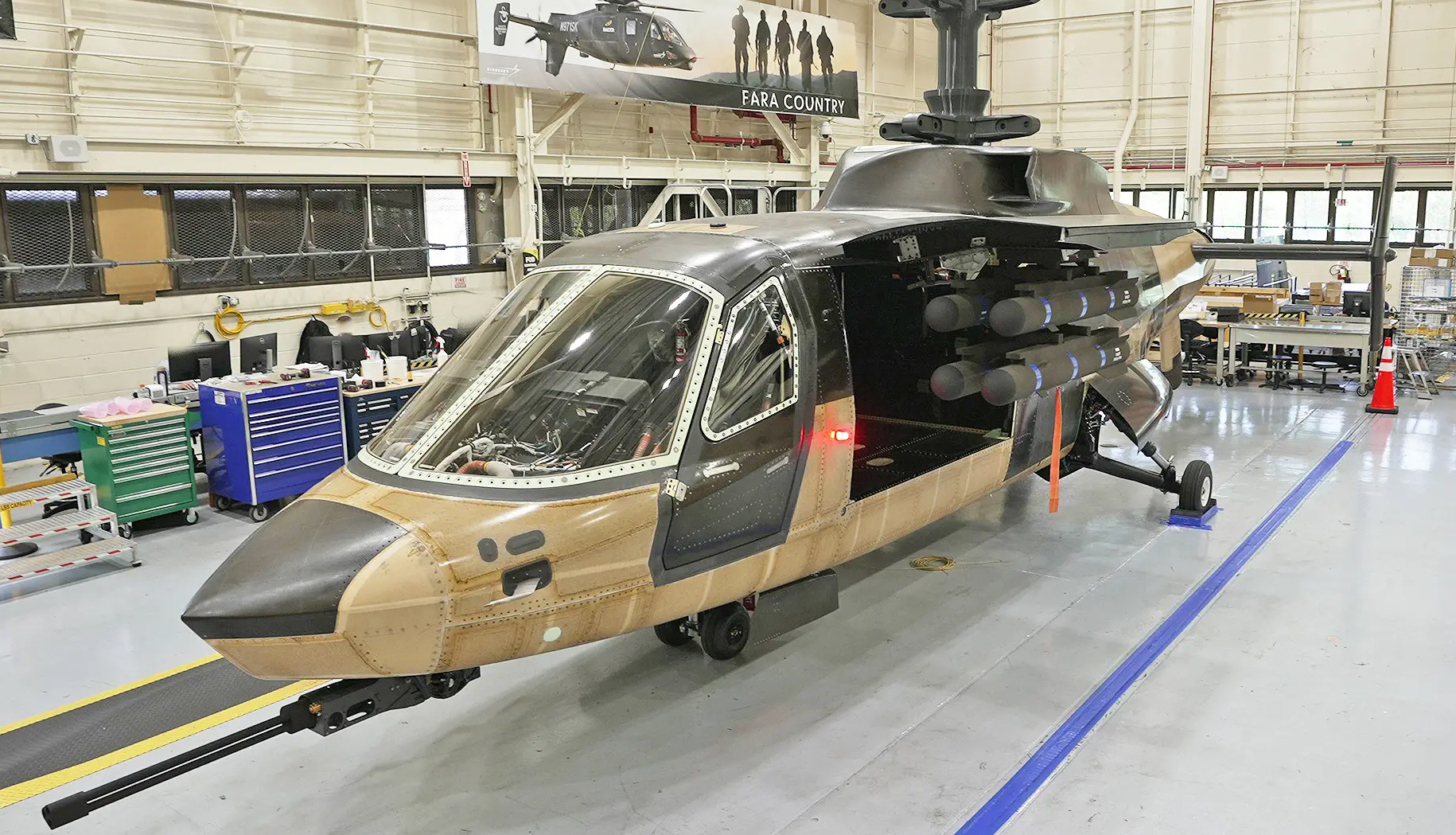
Also worth noting is how the Marine Corps is already using the basic JAGM as a weapon that can be employed against high-value and highly-defended targets like warships, something that has been trained for in recent exercises. Before long, the Link 16 datalink will allow those JAGM-armed helicopters to receive target taskings from other assets, eliminating the need for radio emissions. “We can sneak in flying extremely low … at notch airspeeds with tactics to help avoid detection and shoot the most valuable parts of the ship and then fly away,” Capt. Andrew ‘Musk’ Sperry, the Future Operations Officer of Marine Air Group-39, told The War Zone about recent war games involving the AH-1Z in an anti-ship role. “We might not ever sink any enemy ship but if we can blow up all of their radar faces and we can drop a top-down missile onto their missile bay and we expend a $40,000 missile to blow up millions of dollars worth of cruise missiles, that’s a win that allows the Air Force and Navy to focus on the big-level threats.”
Adding more range to JAGM makes tactics of this kind even more realistic and compelling.
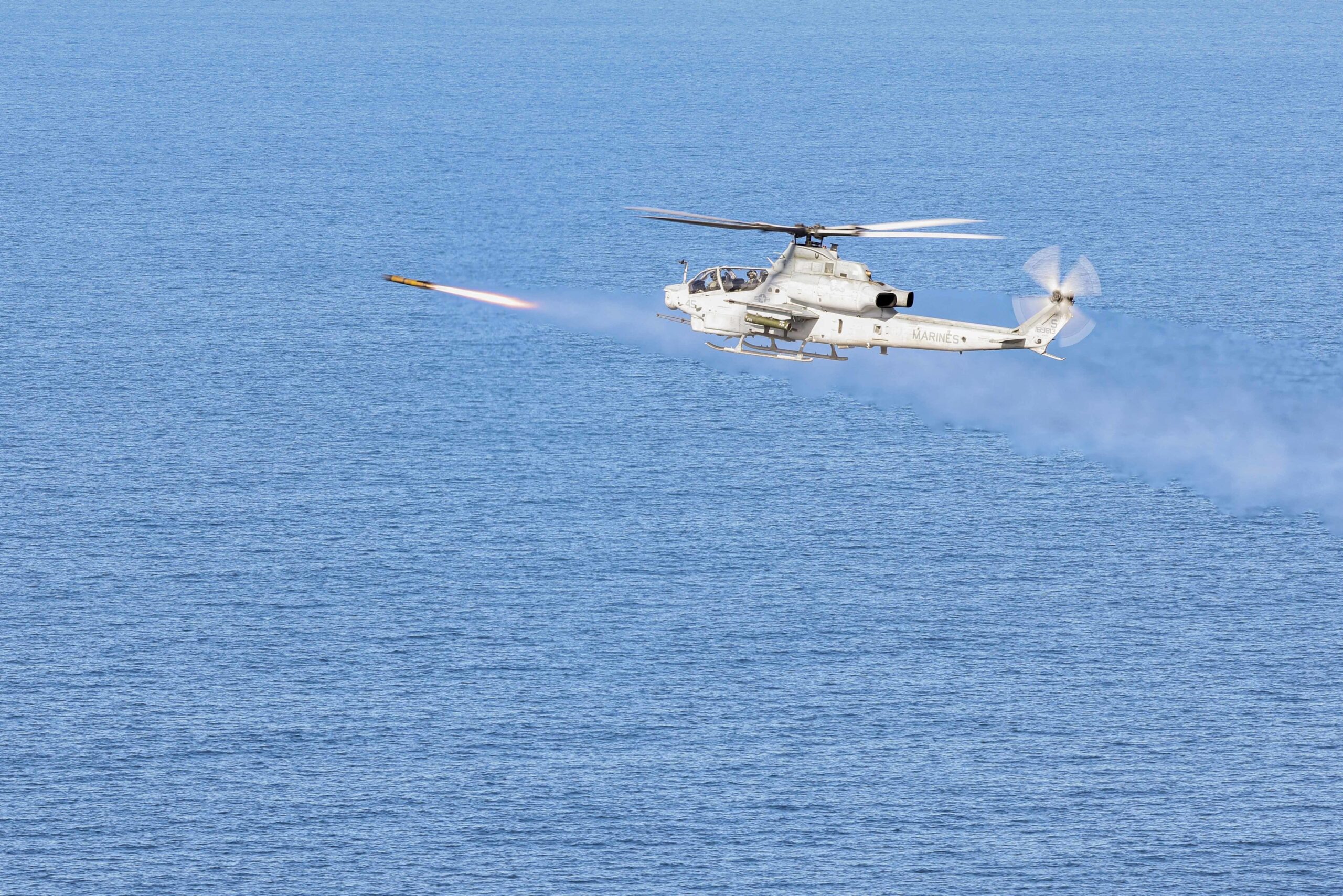
JAGM-MR is not yet a program of record, of course, and even JAGM in its basic form is awaiting a first full-rate production contract. However, Lockheed’s Drake tells The War Zone that “a lot of customers are interested in that additional range capability. It’s generated and piqued the interest of quite a few people from international customers, as well.”
“We’re looking at any and all opportunities. We’re trying to stay ahead of ready when it comes to our customer set. And so as we get more information, you know, we will drive and pivot to where that market is and where those gaps exist.”
And the market for a missile like this, with the kind of range that can put the launch platform outside the engagement envelope of many hostile weapons systems — as well as offer the flexibility of a multi-sensor capability — has only increased since Russia’s full-scale invasion of Ukraine launched last February.
Indeed, the U.S. Army is already looking to field longer-range munitions on the ground and in the air, with a particular focus on its rotary-wing types, as it embarks on a radical overhaul of its existing fleet. In the meantime, the Army has chosen the Spike NLOS missile from the Israeli company Rafael as an interim longer-range missile for helicopters, while the Long-Range Precision Munitions initiative will eventually field new weapons in this class.
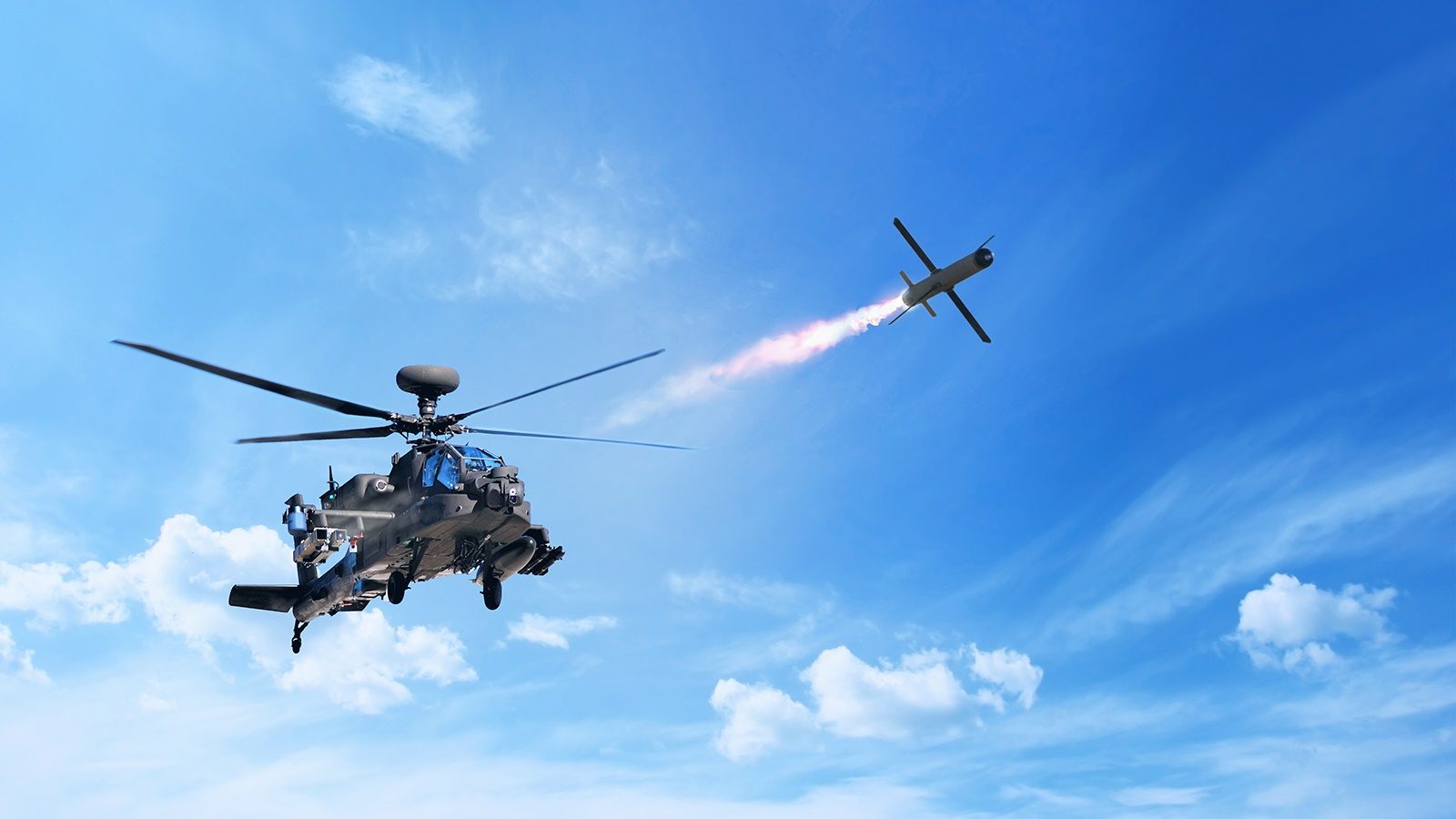
“I wish JAGM would go the range we need,” Jeffrey Langhout, director of the Army’s Combat Capabilities Development Command’s Aviation and Missile Center told Defense News in April last year, “but doggone physics keeps getting in the way.” In the JAGM-MR, there might offer at least a partial solution to that range shortfall.
Drake confirms that Lockheed “has been working with the Army in terms of the roadmap,” which would bring JAGM-MR from development to production, but reiterates that, as of now, this is not a program of record but an internal research and development, or IRAD, effort, reliant on company funding.
However, Lockheed also told Defense News, via an email statement, that the Army is looking at a possible JAGM Increment 3 requirement, which would be built around an increased range and a tri-mode seeker.
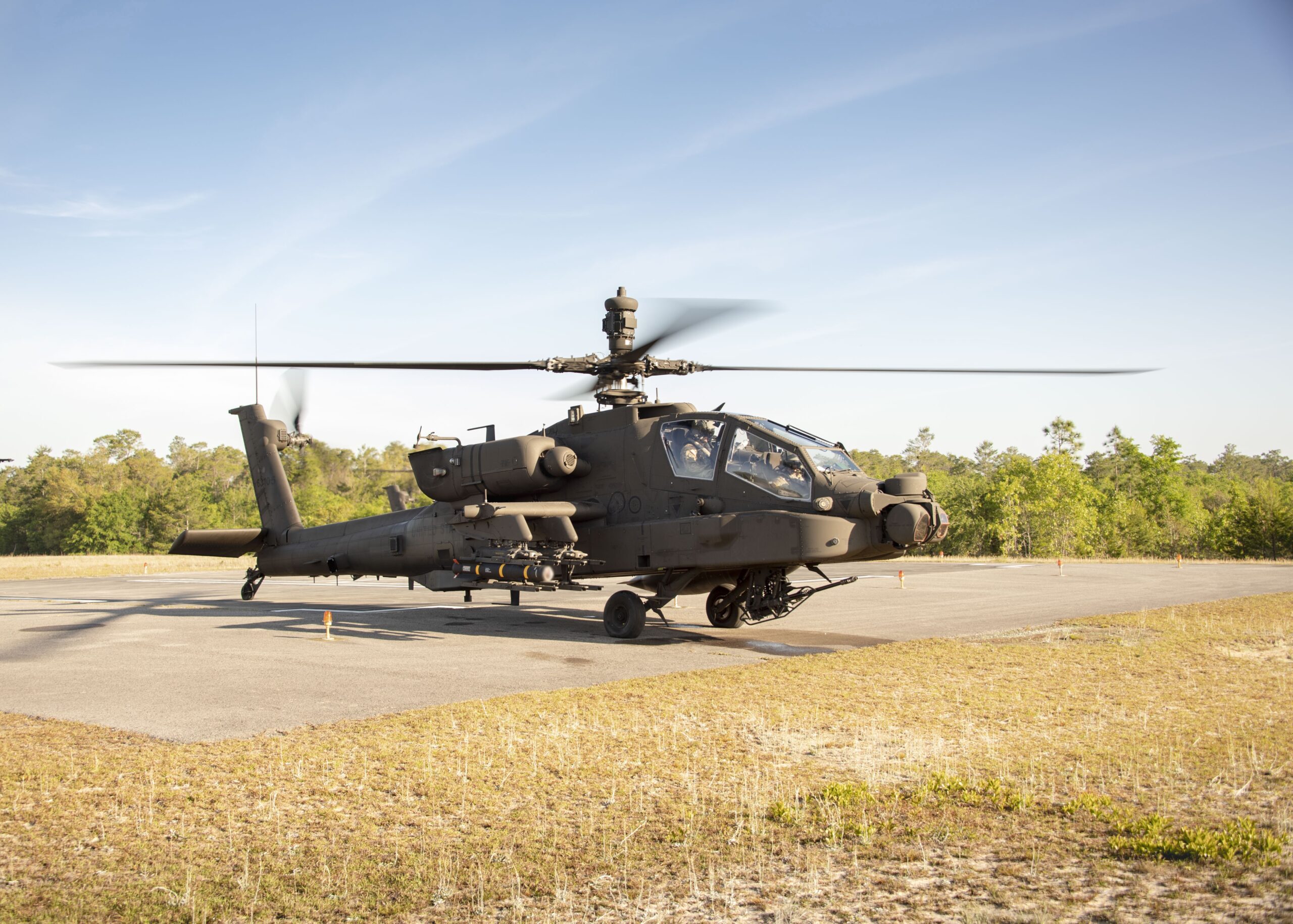
Then there is the question of cost. Already, the basic JAGM is more expensive than the Hellfire, although, among other additional upgrades, it offers a clear advantage in its dual-mode guidance, meaning the same missile can be used in a wider variety of scenarios.
For Fiscal Year 2021, a single Army AGM-179A Joint JAGM round cost $324,805, while the Army expected to pay an average unit cost of just $76,461 for an AGM-114R Hellfire variant through the supplemental Overseas Contingency Operations budget.
With JAGM, as Drake explains, “you’re getting quite a bit of additional capability. So it is an increased cost, but well worth it and beneficial when you look at the capabilities that the missile brings to the theater.”
JAGM-MR, however, is likely to be even more expensive, although customers will get twice the range and an additional seeker option.
With that in mind, Drake describes JAGM-MR “as a planned product improvement, to cut into production JAGM when we get an opportunity to, and proactively meet customer demands.”
JAGM customers — so far, the U.S. military and the United Kingdom, which placed the first export order — might not switch wholesale to the JAGM-MR, even though the form factor, weight, and M299 launcher compatibility mean it can potentially be an easy swap.
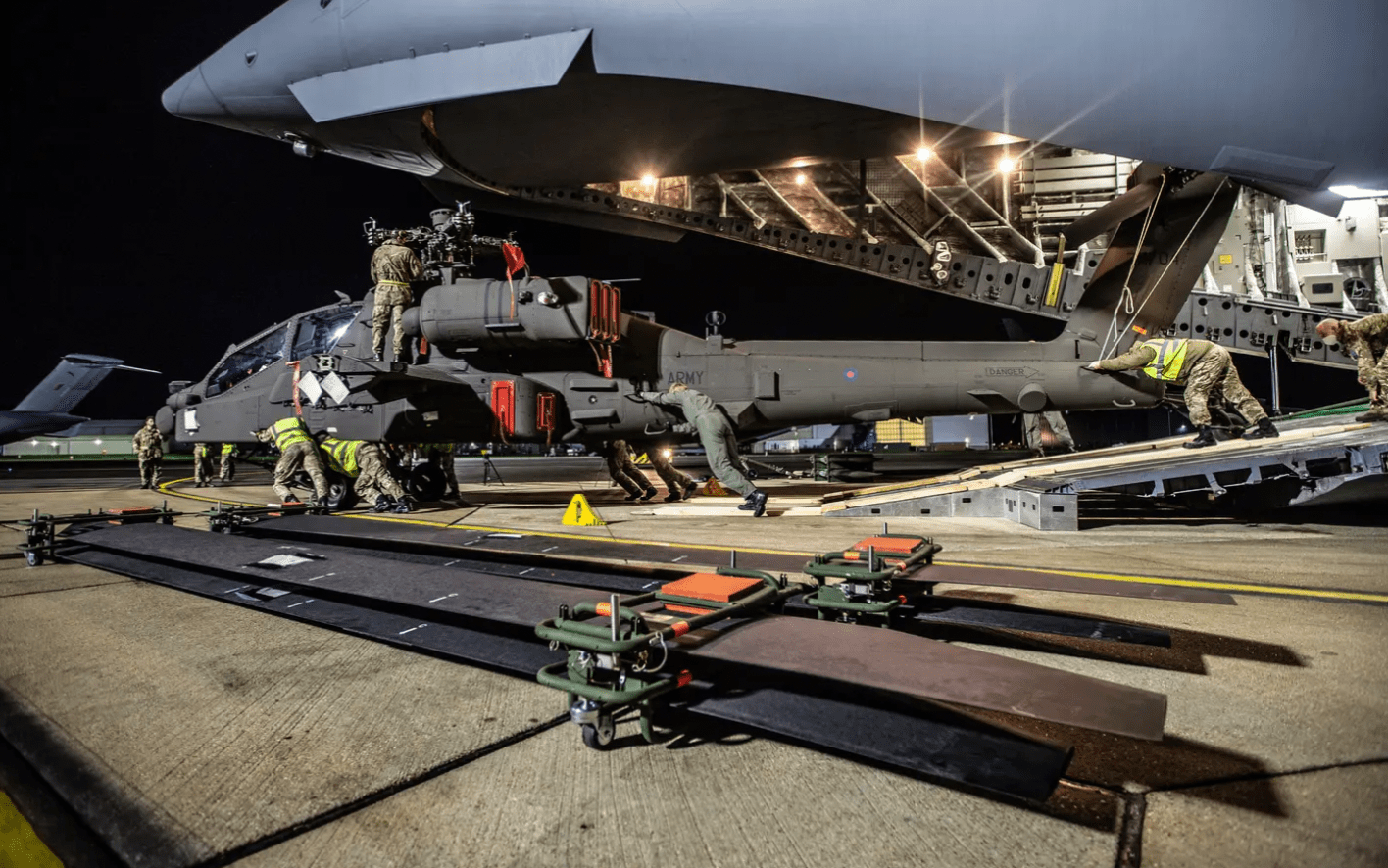
But the argument to have at least some longer-range JAGM-MRs available could be compelling. Combining all the capabilities of the Hellfire and the baseline JAGM and being able to hit targets at a greater distance, thereby increasing survivability, means that operational flexibility is enhanced, the end result being what Drake terms “the Swiss Army knife of munitions.”
As well as JAGM-MR, of course, Lockheed is still very busy with the basic JAGM, including increasing the range of possible launch platforms, not only adding land systems and naval vessels, as well as drones, turboprops, and helicopters, but also manned fighters. For unmanned aerial vehicles like the Air Force MQ-9 Reaper and Army MQ-1C Gray Eagle, which already face a battle for relevance in increasingly contested airspace, the longer reach of JAGM-MR could also be of great significance in terms of added survivability. As for fighters, the JAGM-MR may also succeed where the Hellfire failed and be integrated on fast-jet platforms, providing a flexible precision-strike capability against a wide range of targets, including moving ones, in different conditions, both over land and at sea. The relatively small size of the missile also means that it can be carried in significant numbers, too.
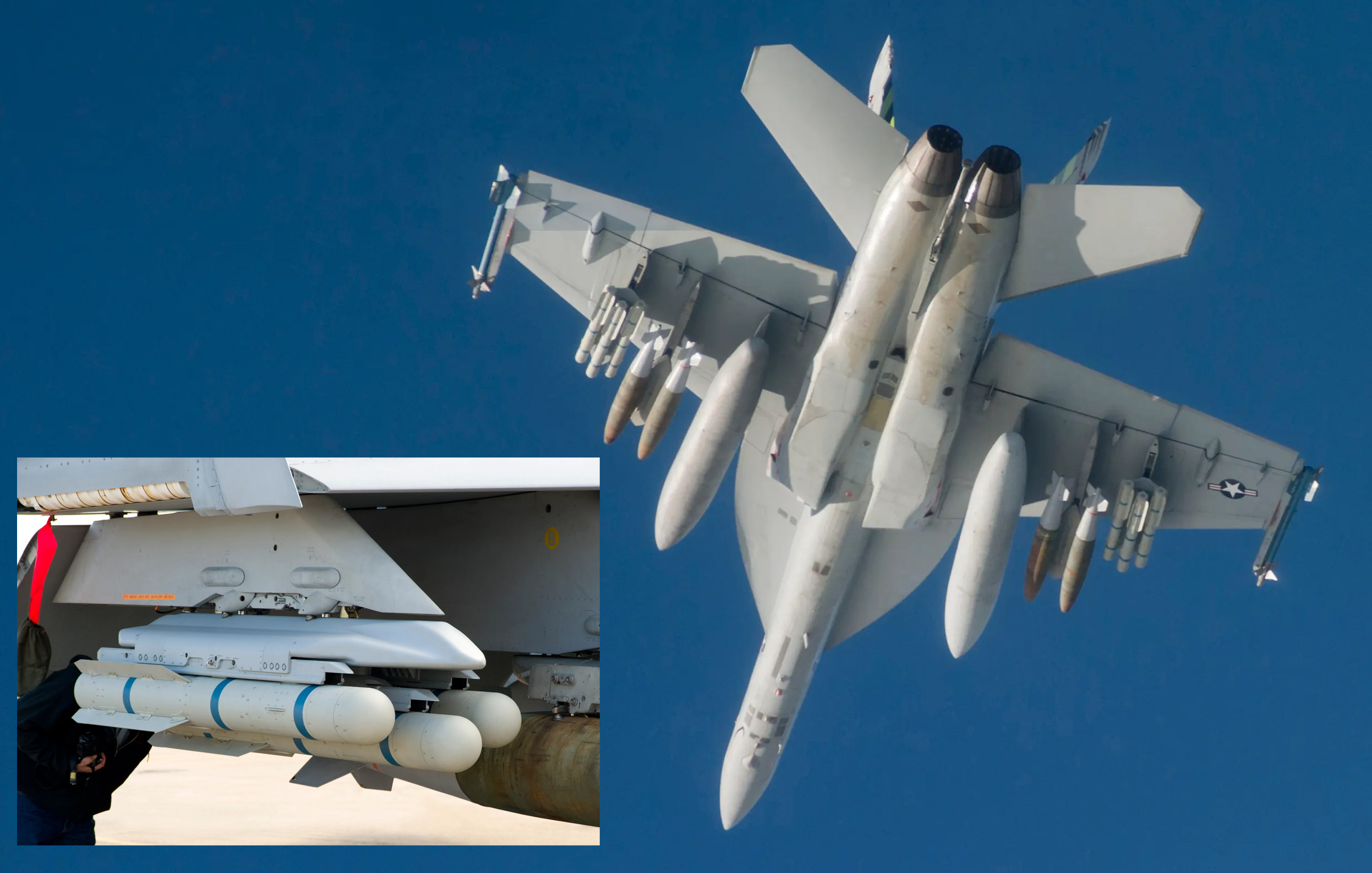
This year will see Lockheed continue its JAGM-MR work, including further proving out the long-range rocket motor and the tri-mode seeker. With interest in longer-range missiles soaring, it would be no surprise if the new weapon does attract U.S. military funding, with export customers likely not far behind.
Contact the author: thomas@thedrive.com
